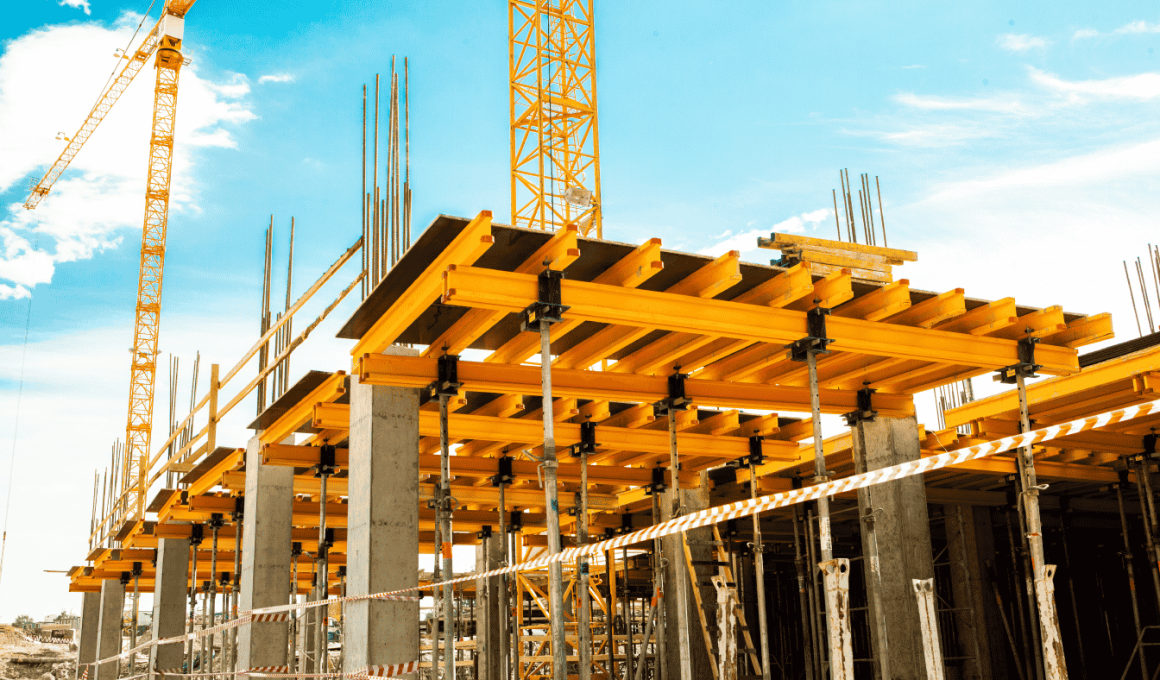Oct . 01, 2024 15:03 Back to list
Top Manufacturers of Architectural Formwork Solutions for Construction Projects
The Role and Importance of Architectural Formwork Manufacturers
Architectural formwork manufacturers play a critical role in the construction industry, providing the essential structures necessary for forming concrete into various shapes and designs. As the demand for innovative and aesthetically pleasing architecture increases, so does the need for high-quality formwork solutions that can bring complex designs to life. In this article, we will explore the various aspects of architectural formwork manufacturing, including its importance, types, technologies, and the future of this industry.
Understanding Architectural Formwork
Architectural formwork refers to the temporary molds used to shape poured concrete into the desired final structure. This can include everything from walls and columns to intricate architectural features such as arches and decorative facades. Formwork can be made from a variety of materials, including timber, steel, aluminum, and composite materials, each chosen based on the specific requirements of the project.
The primary function of formwork is to ensure that the concrete maintains its shape until it has cured and gained sufficient strength. However, architectural formwork also serves an additional purpose in creating surfaces that are visually appealing and meet the design specifications of an architect. This is where architectural formwork manufacturers come into play.
The Importance of Architectural Formwork Manufacturers
1. Precision and Quality One of the key roles of formwork manufacturers is to produce high-precision molds that ensure the final concrete structures are uniform and defect-free. Any inconsistency in formwork can lead to significant issues in the final product, resulting in increased costs and project delays.
2. Innovative Solutions With a growing emphasis on bespoke designs and eco-friendly construction practices, formwork manufacturers are continually innovating to meet the needs of architects and builders. Advanced technologies, such as 3D printing and modular formwork systems, allow for the creation of complex shapes that were previously difficult or impossible to achieve.
3. Cost Efficiency Efficient formwork systems can significantly reduce construction costs and time. Manufacturers are now focusing on creating reusable and lightweight systems that streamline the construction process, allowing for quicker assembly and disassembly, thus minimizing labor costs.
4. Safety Formwork manufacturers play a vital role in ensuring the safety of construction sites. Properly designed and manufactured formwork reduces the risk of failures or accidents during the concrete pouring and curing process.
Types of Architectural Formwork
Architectural formwork comes in various types, each suited to particular applications
architectural formwork manufacturers

- Timber Formwork Traditionally the most common material, timber formwork is easy to work with and can be customized to fit specific designs
. However, it has limitations in terms of durability and repeated use.- Steel Formwork Known for its strength and longevity, steel formwork can withstand heavy loads and is ideal for large-scale projects. Its reusable nature makes it a cost-effective option for contractors.
- Aluminum Formwork Lightweight and reusable, aluminum formwork systems are gaining popularity due to their strength and ease of handling. They are particularly useful for high-rise buildings.
- Plastic Formwork Used primarily for residential construction, plastic formwork is lightweight and resistant to water and chemicals. It also allows for the creation of complicated designs without the need for multiple molds.
Future Trends in Architectural Formwork Manufacturing
The future of architectural formwork manufacturing looks promising, with several trends emerging
1. Sustainability As the construction industry moves towards eco-friendly practices, formwork manufacturers are increasingly focusing on sustainable materials and processes. This includes using recycled materials and reducing waste in formwork production.
2. Digital Transformation The integration of digital technologies, such as Building Information Modeling (BIM), is revolutionizing the way formwork is designed and manufactured. This allows for greater accuracy in planning and the ability to predict potential challenges before they arise.
3. Customization The demand for unique architectural designs is leading to a rise in customized formwork solutions. Manufacturers are leveraging advanced technologies to create tailored systems that meet specific project needs.
4. Automation Automated processes in manufacturing and assembly are becoming more prevalent, driving efficiency and reducing the potential for human error. This also contributes to faster project delivery times.
Conclusion
Architectural formwork manufacturers are essential players in the construction industry, responsible for creating the molds that shape our built environment. As technology continues to advance and the demand for innovative designs grows, these manufacturers will play a crucial role in shaping the future of architecture. By focusing on precision, sustainability, and innovation, architectural formwork manufacturers contribute significantly to the successful execution of modern construction projects, ensuring that our urban landscapes continue to evolve in exciting new ways.
-
High-Quality U Head Jack Scaffolding – Reliable Scaffolding Jack Head Manufacturer & Factory
NewsJul.08,2025
-
High-Quality I Beam H20 Leading Timber Beam H20 Material Factory, Exporters & Manufacturers
NewsJul.08,2025
-
High-Quality Powder Coating Steel Formwork - Durable & Corrosion Resistant Solutions
NewsJul.07,2025
-
Inclined Column Formwork Supplier – Durable & Precise Solutions for Unique Structures
NewsJul.07,2025
-
High-Quality Water Stop Solutions Trusted Water Stop Company & Suppliers
NewsJul.07,2025
-
High-Quality Formwork Material Supplier Reliable Manufacturer & Factory Solutions
NewsJul.06,2025